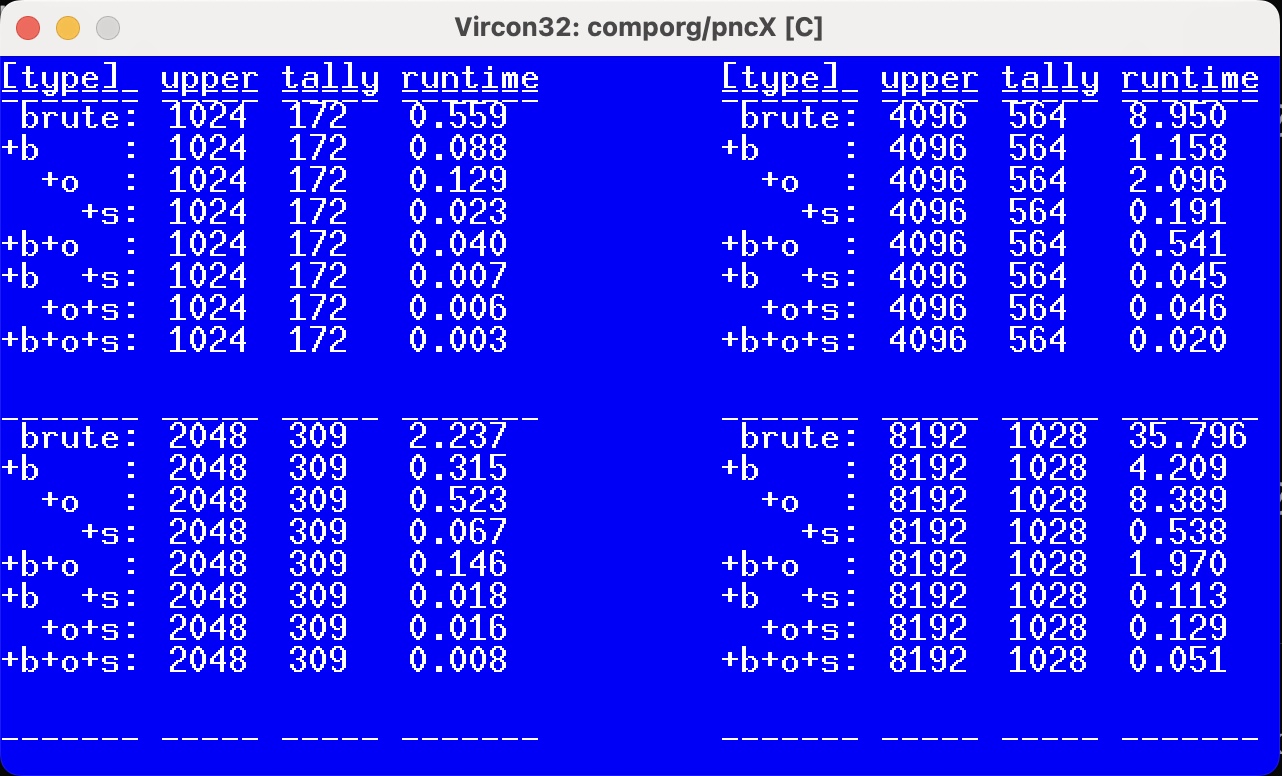projects
| wcp1 (due 20240124) |
| pct0 (bonus; due 20240125) |
| pct1 (bonus; due 20240125) |
| abc0 (due 20240131) |
| btt0 (due 20240131) |
| pct2 (due 20240131) |
| wcp2 (due 20240131) |
| mpg0 (due 20240207) |
| pct3 (bonus; due 20240207) |
| wcp3 (due 20240207) |
| def0 (due 20240214) |
| pct4 (due 20240214) |
| wcp4 (due 20240214) |
| bwp1 (bonus; due 20240228) |
| cta0 (due 20240228) |
| pct5 (bonus; due 20240228) |
| wcp5 (due 20240228) |
| cta1 (due 20240306) |
| gfo0 (due 20240306) |
| pct6 (due 20240306) |
| wcp6 (due 20240306) |
| pct7 (bonus; due 20240313) |
| wcp7 (due 20240313) |
| dap0 (due 20240314) |
| dap1 (due 20240320) |
| pct8 (due 20240320) |
| wcp8 (due 20240320) |
| pct9 (bonus; due 20240327) |
| wcp9 (due 20240327) |
| dap2 (due 20240329) |
| bwp2 (bonus; due 20240410) |
| gfo1 (due 20240410) |
| pctA (due 20240410) |
| pnc0 (due 20240410) |
| wcpA (due 20240410) |
| pctB (bonus; due 20240417) |
| pnc1 (due 20240417) |
| wcpB (due 20240417) |
| pctC (due 20240424) |
| pnc2 (due 20240424) |
| wcpC (due 20240424) |
| pctD (bonus; due 20240501) |
| wcpD (bonus; due 20240501) |
| gfo2 (due 20240508) |
| pctE (bonus; due 20240508) |
| wcpE (bonus; due 20240508) |
| EoCE (due 20240516) |


